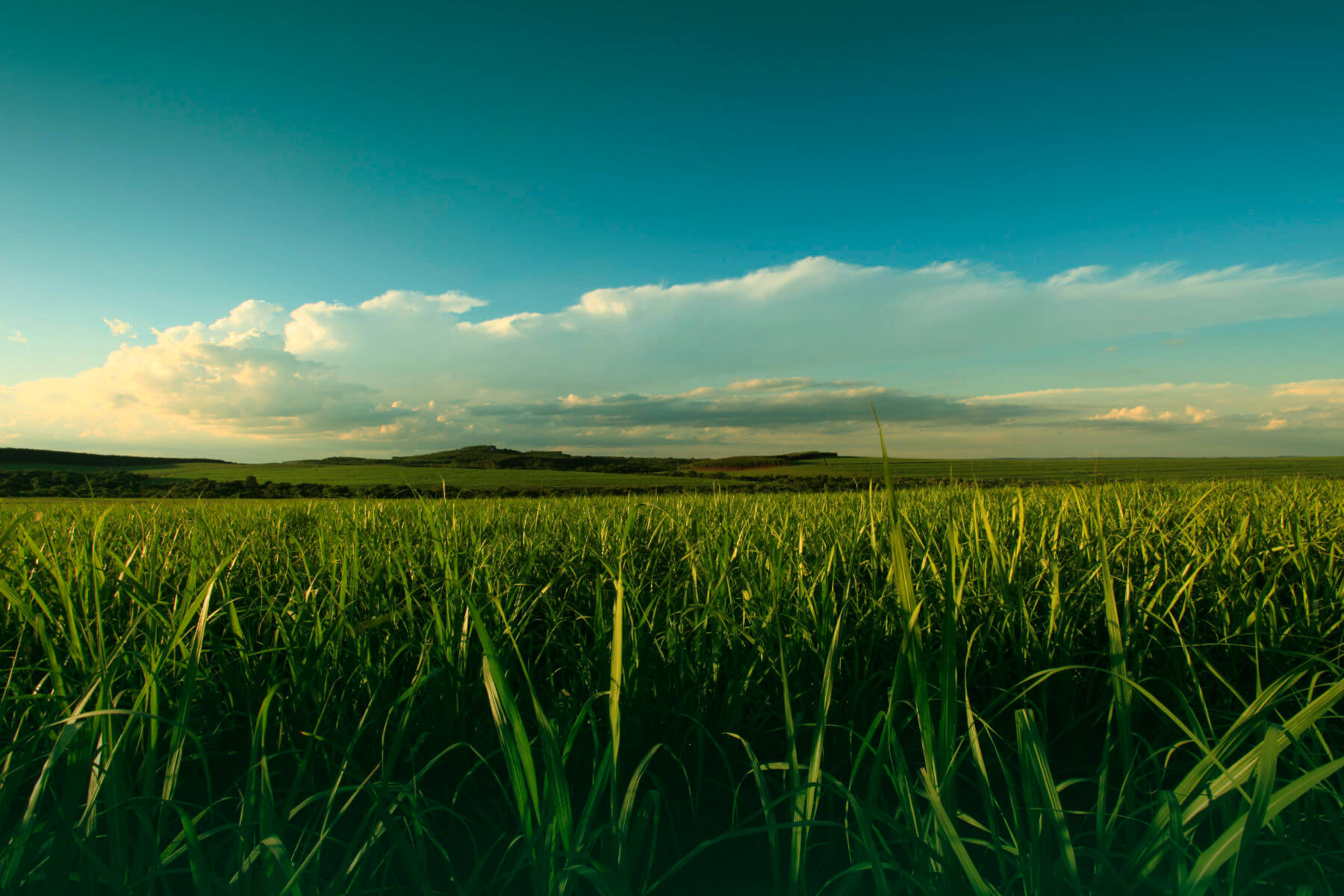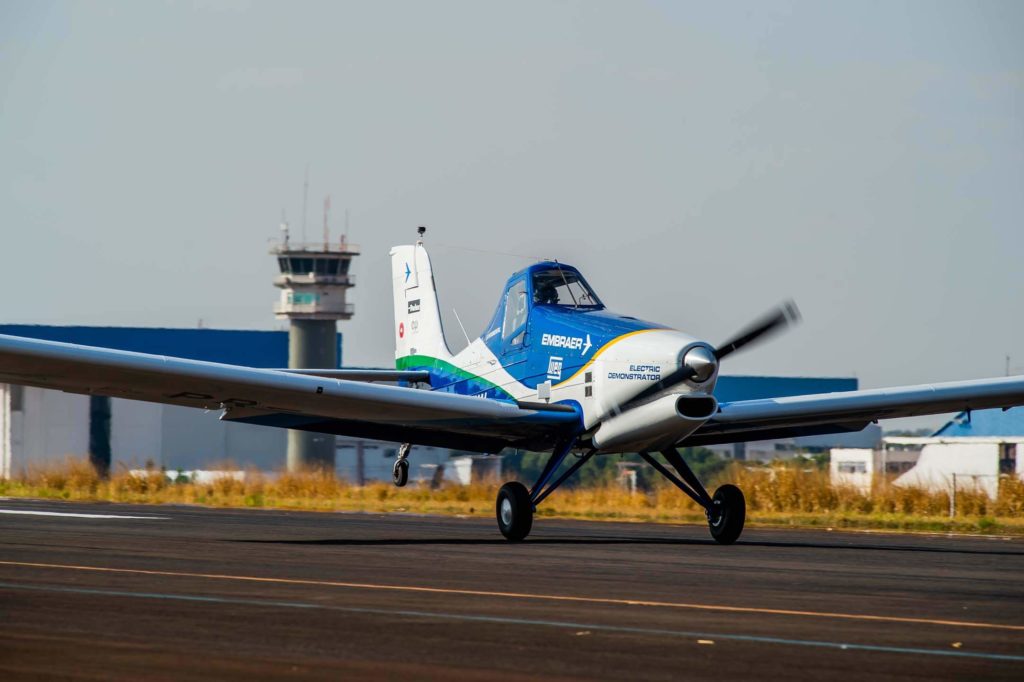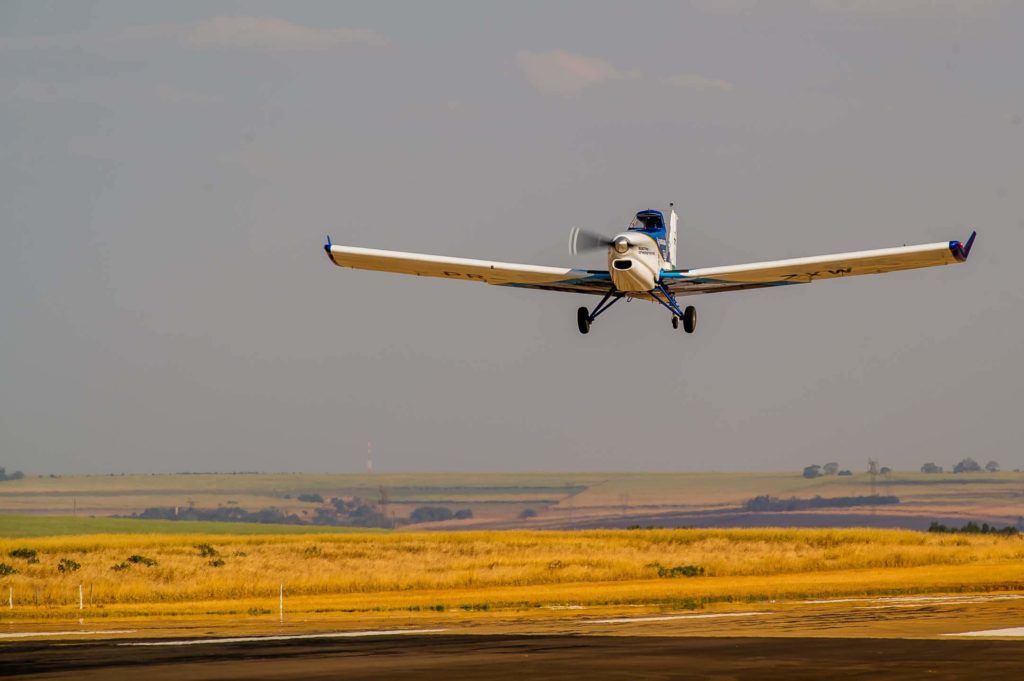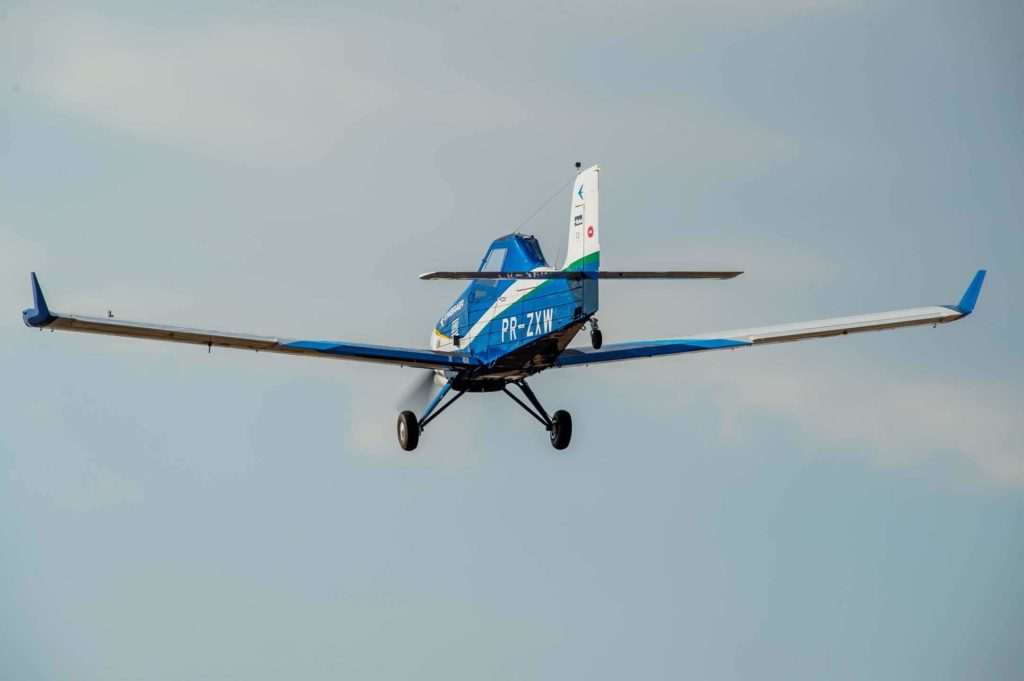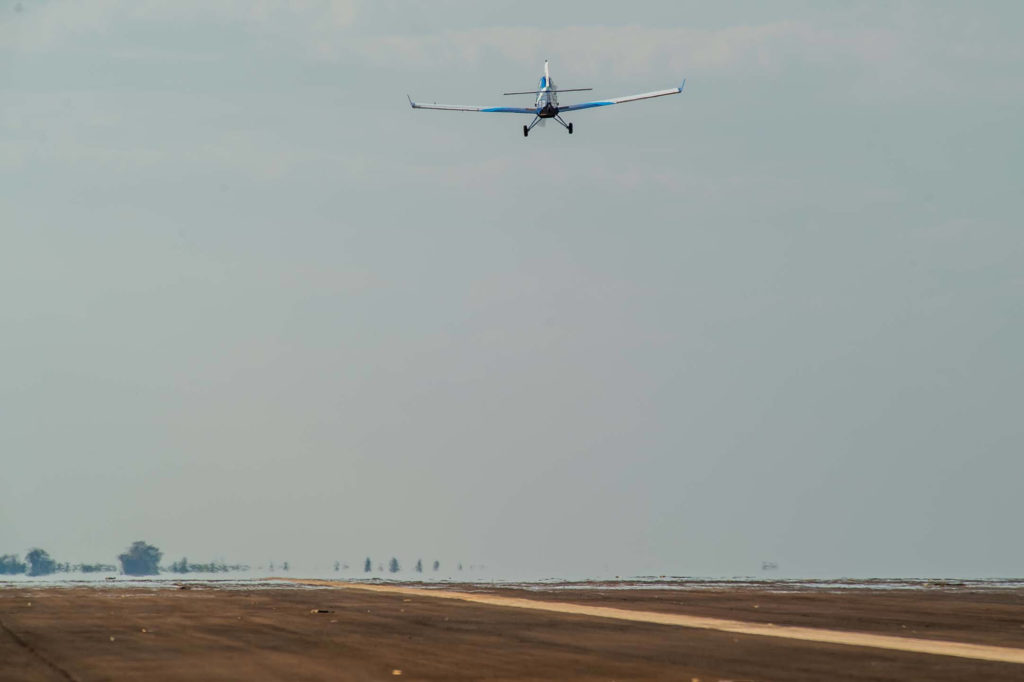
INITIATIVES
Research & Development
Energy Management
Reshaping the System
Powering an aircraft isn’t just about getting it to take off, cruise and land – onboard systems require a great deal of power that comes from sources outside the engine. At Embraer, we’re looking at these energy systems and rethinking the way we manage them to reduce weight, power consumption and ultimately the aircraft’s carbon footprint. To do this we’re looking at two new systems.
Electric Demonstrator: The Electric Test Bed
To test all of our electric aircraft developments we’ve partnered with a number of companies including WEG, Parker, EDP and EPsys to create Electric Demonstrator – our flight demonstrator. Our Electric Demonstrator comprises a real product test bed, where we can implement new technologies including batteries, energy management solutions and electric motors to test them with new disruptive technologies.
Ultimately, our Electric Demonstrator will enable us to increase technological readiness, and get new technologies closer to certification and flying aboard real aircraft.
Image Gallery
3S-ERA: Solid State Semi-Conductors
In partnership with Twente University, we’re creating solid state semi-conductors that can be placed at key points around the aircraft where heat is present and needs to be removed – these areas include hydraulic fluid pipes, air conditioning and around the fuselage structure where heat is generated from the cabin interior. These semi-conductors then generate electricity via heat exchange.
Statistics
Futprint50
Working together for a carbon-neutral 50-seat aircraft
Starting in January 2020 and running until December 2022, we’re working with an international consortium of universities, SMEs and organisations to accelerate the technologies needed to deliver a commercial hybrid-electric aircraft in the next 20 years. Futprint50 brings some of the leading minds in sustainable aviation together – of which we are proud to be the only OEM involved – in an EU funded initiative to focus on energy storage, energy harvesting and thermal management – essential challenges in the journey towards carbon-neutral aviation. The project utilises open research to share findings with the public and fellow researchers, ensuring that everyone can see history in the making.
Silent Aircraft
How we made the E2 even quieter
To create the quietest single-aisle aircraft, we undertook extensive testing and exploration alongside experts from Brazil’s University of São Paulo’s São Carlos School of Engineering, the São Paulo State Research Support Foundation, the Institute for Aeronautics Technology, Twente University in Enschede, the Netherlands Aerospace Centre, and Germany’s Deutsches Zentrum für Luft- und Raumfahrt.
An All Over Silent Approach
When we started in 2010 our project was the third largest aero-acoustic study in the world.
As we knew Pratt & Whitney’s PW1900G engines were some of the quietest available, we turned our attention to the E2’s structure to find opportunities to reduce noise – namely air friction from the wings and the landing gear.
Following the Noise
Engineers simulated the in-flight air stream both virtually and physically – with a scale model in São Carlos’ aerodynamics lab’s wind tunnel – where giant fans produce winds up to 180km/h and ultra sensitive microphones detect noise sources on the aircraft structure. Using this information we made adjustments until we found the ideal geometry of the wing and landing gear.
So the E2 isn’t just certified sustainable – it’s certified quiet.
Aviation reincarnated
Historically, the lifecycle of an aircraft could be traced in a straight line
We’re aiming to turn this straight line into a loop, where materials are recycled to create new aircraft and the overall supply chain has a far lower environmental impact. We’re doing this in a number of ways
Flying on sustainability
Sustainable aircraft fuels are the future of flight. Whether they come from sugarcane, plant seeds or organic waste, they absorb a large part of the CO2 the aircraft will emit in the future. Though they have challenges. At present they are only permitted to be used as part of a 50/50 mix with fossil fuels – known as ‘drop-in’. We have already tested these in our E-Jet family:
2011
The E170 in partnership with GE flew with a mix of fossil fuel and HEFA SAF (made from camelina, a type of plant)
2012
The E195 in partnership with Azul, Amyris and GE flew with a mix of fossil fuel and SIP SAF (made from sugarcane). The E190 flew as part of the ITAKA programme to test and develop a biojet fuel chain, in partnership with many in our industry. In this programme over 80 flights, carrying 8,000 passengers took off with a mix of fossil fuels and sustainable aircraft fuels.
2016
Partnership with Brazilian academia to assess pathways to produce aviation biofuels in Brazil. This study evaluated the use of different feedstocks (sugar crops, oil crops, and lignocellulosic biomass) for co-production of biojet fuel and higher value-added products in a biorefinery platform. Ethanol-to-jet (ETJ) and hydro-processed esters and fatty acids (HEFA) were the most attractive biojet fuel production routes in this study.
THE FUTURE
We’re aiming to develop 100% sustainable aircraft fuels that do not need to be mixed with fossil fuels and are partnered with Petrobras to study and test fuels of this kind produced and distributed in Brazil – reducing the overall carbon footprint of the fuel’s supply chain. The first flight with this kind of fuel is set to be with the E2 Profit Hunter.

